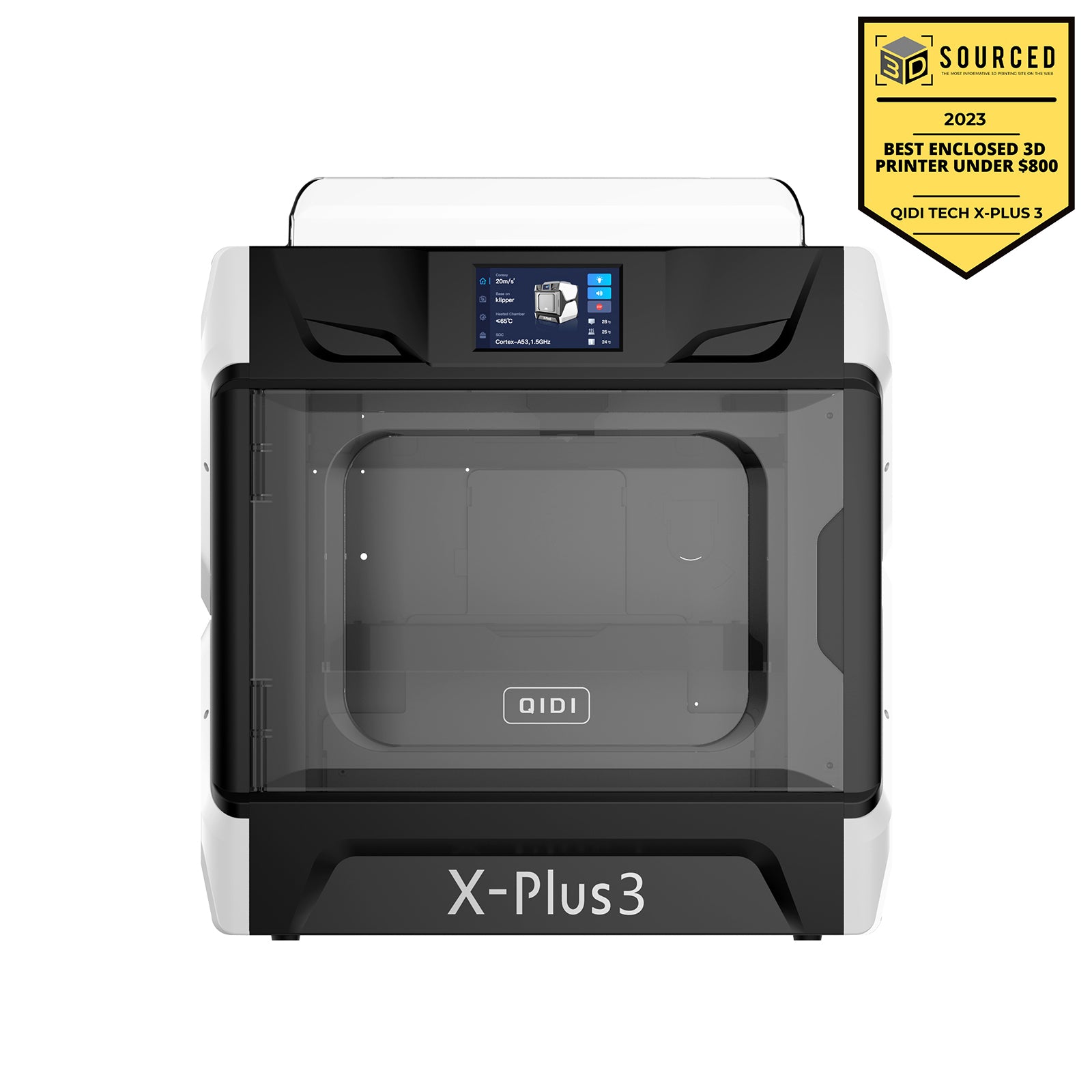Unlocking the Secrets of Giant 3D Printers: Discover the Future of Creation!
In recent years, giant 3D printers have emerged as a fascinating technological innovation, gaining significance across various industries. These colossal machines are not just a novelty; they hold the potential to transform traditional manufacturing, construction, and creative fields. Imagine being able to print a house or a large-scale sculpture with precision and efficiency—this is the promise of large 3D printing technology. As businesses and artists begin to explore the vast possibilities these printers offer, we find ourselves standing on the brink of a new era in production and creativity. The capabilities of giant 3D printers could redefine how we approach design and manufacturing, turning once theoretical concepts into tangible realities.

Understanding Large 3D Printers
A large 3D printer is characterized by its ability to create significantly larger objects than standard 3D printers, which are often limited in size. Typically, a large 3D printer may range from the size of a refrigerator to that of a small room, allowing for the production of items that can reach several meters in length. These machines utilize advanced technologies that enable them to layer materials in a controlled manner, producing intricate designs with remarkable precision. General specifications of large 3D printers often include a build volume exceeding 1 cubic meter, enhanced extrusion systems, and multi-material capabilities. This differentiates them from standard printers, which are primarily designed for smaller-scale applications and often lack the robustness required for industrial use. The growing demand for larger prints has driven innovations in this field, making it an exciting area of development.
Types of Giant 3D Printers
Giant 3D printers come in various types, each utilizing distinct technologies that cater to different needs and applications. The most common types include Fused Deposition Modeling (FDM), Stereolithography (SLA), and Digital Light Processing (DLP). Each technology has its unique advantages and disadvantages, influencing its suitability for various projects. Understanding these types is crucial for selecting the right printer for specific applications, as they offer different capabilities in terms of material compatibility, print resolution, and speed.
Fused Deposition Modeling (FDM)
Fused Deposition Modeling (FDM) is one of the most popular 3D printing technologies, known for its simplicity and cost-effectiveness. In the FDM process, thermoplastic filaments are heated and extruded through a nozzle, layer by layer, to create large-scale objects. This method is particularly effective for producing functional prototypes and end-use parts. A friend of mine, an engineer, once shared his experience of using an FDM printer to create a scale model of a bridge. The ability to visualize the structure in three dimensions before actual construction helped his team identify potential design flaws early on.
Stereolithography (SLA)
Stereolithography (SLA) is a technology that utilizes a laser to cure liquid resin into solid objects, making it ideal for precision printing of intricate designs. SLA printers can achieve exceptionally high resolutions, allowing for detailed features that FDM printers may struggle to replicate. This technology is widely used in industries such as jewelry design and dental applications, where fine details are crucial. A personal anecdote from a friend in the dental field illustrates this perfectly; she recounted how SLA technology enabled her clinic to produce custom dental molds with unparalleled accuracy, significantly improving patient outcomes.
Digital Light Processing (DLP)
Digital Light Processing (DLP) is similar to SLA but uses a digital light projector to flash an entire layer of resin at once, rather than tracing it with a laser. This method results in faster print speeds and high-resolution outputs, making DLP a compelling option for large-scale prints. It's particularly favored in the entertainment industry for creating props and models due to its speed and detail. A filmmaker I know once utilized DLP technology to produce a series of large props for a movie set, allowing for rapid prototyping that saved valuable production time.
Applications of Giant 3D Printers
The applications of giant 3D printers are vast and varied, touching numerous fields such as construction, automotive, aerospace, and art. In construction, companies are beginning to print entire homes, reducing the time and labor costs traditionally associated with building. The automotive industry employs large 3D printers for creating prototypes and parts, allowing for rapid iteration in design. In aerospace, large components can be printed with reduced weight, contributing to more fuel-efficient designs. Artists are also embracing this technology, using it to create large installations that push the boundaries of creativity. I attended an art exhibit where a large 3D-printed sculpture dominated the room, showcasing the potential of this technology to merge art and engineering seamlessly.
Benefits of Using Large 3D Printers
There are numerous advantages to utilizing giant 3D printers in various industries. One of the most significant benefits is cost efficiency; by reducing material waste and minimizing labor costs, companies can save substantial amounts on production. Additionally, the design flexibility offered by these printers allows for complex geometries that would be difficult or impossible to achieve with traditional manufacturing methods. Faster production times also mean that businesses can bring products to market more quickly, enhancing their competitive edge. Overall, large 3D printers represent a paradigm shift in how we think about production and design.
Challenges and Future of Giant 3D Printing
Despite the exciting advancements in giant 3D printing, the industry faces several challenges that must be addressed. Material limitations often hinder the types of prints that can be produced, as not all materials are suitable for large-scale applications. Technical difficulties, such as maintaining print quality over larger dimensions, can also pose problems. Regulatory concerns, especially in industries like construction and aerospace, add another layer of complexity that must be navigated. However, as technology continues to evolve, we can speculate on future trends such as improved materials, enhanced automation, and broader acceptance of 3D printing in traditional industries. Innovations like multi-material printing and faster processes will likely shape the future of giant 3D printing, making it an exciting field to watch.
The Transformative Potential of Giant 3D Printers
In summary, giant 3D printers are not just a fleeting trend; they hold transformative potential that could redefine manufacturing and creativity. From their diverse types and applications to the numerous benefits they offer, it’s clear that these machines are paving the way for a new era of production. As we navigate the challenges that lie ahead, it’s essential to consider the implications of this technology on the future of various industries. Whether you’re a business owner, engineer, artist, or simply a technology enthusiast, understanding the capabilities of giant 3D printers can open doors to new possibilities in design and innovation.








